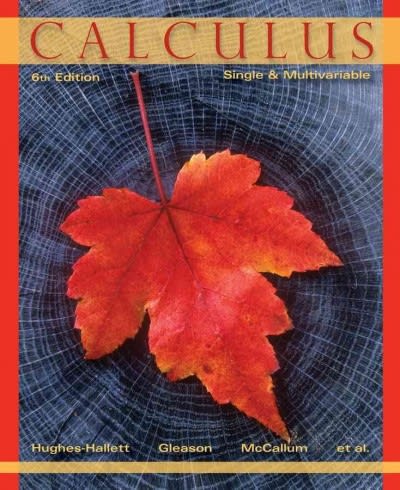Question
#7g) Based on the data from the Parker and Gerber (2000) study, what can you conclude based on the 95% and 99% confidence intervals for
#7g) Based on the data from the Parker and Gerber (2000) study, what can you conclude based on the 95% and 99% confidence intervals for the mean difference between pretest and postttest achievement scores?
| A. | Neither confidence interval includes the value of zero, thus we can conclude that, at both alpha = .05 and alpha = .01, there is no statistically significant difference between pretest and posttest scores. | |
| B. | Both confidence intervals include the value of zero, thus we can conclude that, at both alpha = .05 and alpha = .01, there is a statistically significant difference between pretest and posttest scores. | |
| C. | Neither confidence interval includes the value of zero, thus we can conclude that, at both alpha = .05 and alpha = .01, there is a statistically significant difference between pretest and posttest scores. | |
| D. | Both confidence intervals include the value of zero, thus we can conclude that, at both alpha = .05 and alpha = .01, there is no statistically significant difference between pretest and posttest scores. |
INFORMATION BELOW
Using the data contained in Table 1 (p. 239) of the above article ("Effects of a science intervention program on middle-grade student achievement and attitudes"), replicate the results for achievement (i.e., carry out a paired samples t-test using these data). Show all four steps and also paste in below the SPSS output tables that contain the descriptive statistics and the observed t-statistic. Note. If you wish to use SPSS for this exercise, you will need to manually enter the data from this table into the SPSS data editor. It's possible that the computed t-statistic that you obtain may be negative (rather than positive, as it is in the article). It depends upon how you have entered your data. This is okay, because it will not affect the statistical decision.
Step 1: The hypotheses are
H0: There is no difference in mean science achievement score before and after the intervention (B = A)
H1: There is a difference in mean science achievement score before and after the intervention (A NA)
Step 2:
The hypothesis test will be performed at the 5% significance level ( = .05)
Step 3:
The SPSS data is shown below.
| Paired Samples Statistics | |||||
| Mean | N | Std. Deviation | Std. Error Mean | ||
| Pair 1 | Before | 3.0000 | 11 | 2.09762 | .63246 |
| After | 8.6364 | 11 | 2.20330 | .66432 |
| Paired Samples Correlations | ||||
| N | Correlation | Sig. | ||
| Pair 1 | Before & After | 11 | -.238 | .481 |
| Paired Samples Test | ||||||||||
| Paired Differences | t | df | Sig. (2-tailed) | |||||||
| Mean | Std. Deviation | Std. Error Mean | 95% Confidence Interval of the Difference | |||||||
| Lower | Upper | |||||||||
| Pair 1 | Before - After | -5.63636 | 3.38446 | 1.02045 | -7.91007 | -3.36265 | -5.523 | 10 | .000 | |
It can be observed that t (10) = -5.523 and p <.001. The null hypothesis is rejected and the conclusion is that there is a significant difference in mean achievement scores before and after the intervention.
Step by Step Solution
There are 3 Steps involved in it
Step: 1

Get Instant Access to Expert-Tailored Solutions
See step-by-step solutions with expert insights and AI powered tools for academic success
Step: 2

Step: 3

Ace Your Homework with AI
Get the answers you need in no time with our AI-driven, step-by-step assistance
Get Started


